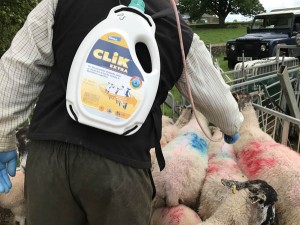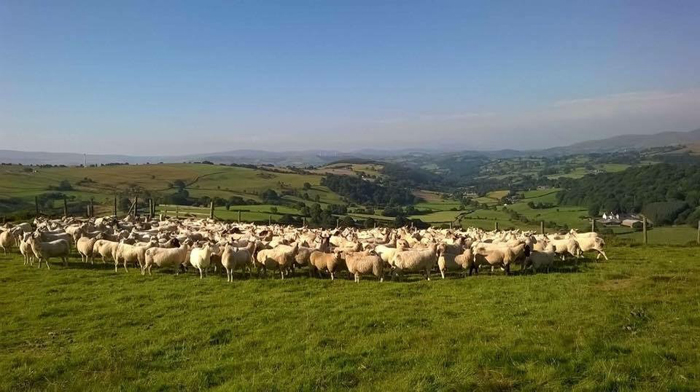With spring well underway and temperatures rising, sheep farmers are reporting first cases of strike on the Elanco Blowfly Strike Tracker.
Cases have now been reported in over eight counties including Hampshire, Wales, Gloucestershire, East Sussex and Essex. Industry experts are urging farmers to ‘strike first’ with preventative treatments rather than risk being caught out.
Automatically updated as cases are reported, the interactive map produced by Elanco provides a near live resource allowing farmers, vets and industry professionals to be aware of the risk areas.
The timing and severity of blowfly strike is strongly influenced by the weather with an ever lengthening season, which can often make the timing of treatment challenging for many flock managers. Fiona Hutchings, technical consultant manager at Elanco Animal Health, says there is ‘no sense’ in taking any risks with blowfly.
 Ms Hutchings says: “It’s crucial we do not get complacent when it comes to blowfly – the costs of inaction can be devastating. It’s an extremely distressing disease to see in sheep, and obviously for the sheep themselves, so there’s no sense in taking the risk.
Ms Hutchings says: “It’s crucial we do not get complacent when it comes to blowfly – the costs of inaction can be devastating. It’s an extremely distressing disease to see in sheep, and obviously for the sheep themselves, so there’s no sense in taking the risk.
“Farmers should take control of the situation, before blowfly strikes their flock, by using preventative products with full fleece protection. Another benefit of using a preventative product early in the season is that killing flies from the first wave of the insects reduces the total number of flies for the rest of the season.”
Ms Hutchings said simply monitoring the signs associated with blowfly is a risky strategy: “Waiting for clear signs of the blowfly season before acting is a gamble. Farmers are extremely busy and blowfly strike can establish very quickly, so it would be very easy to miss an affected sheep.”
To see the map or report a case of blowfly strike on your farm, and alert farmers in your area, go to www.farmanimalhealth.co.uk


